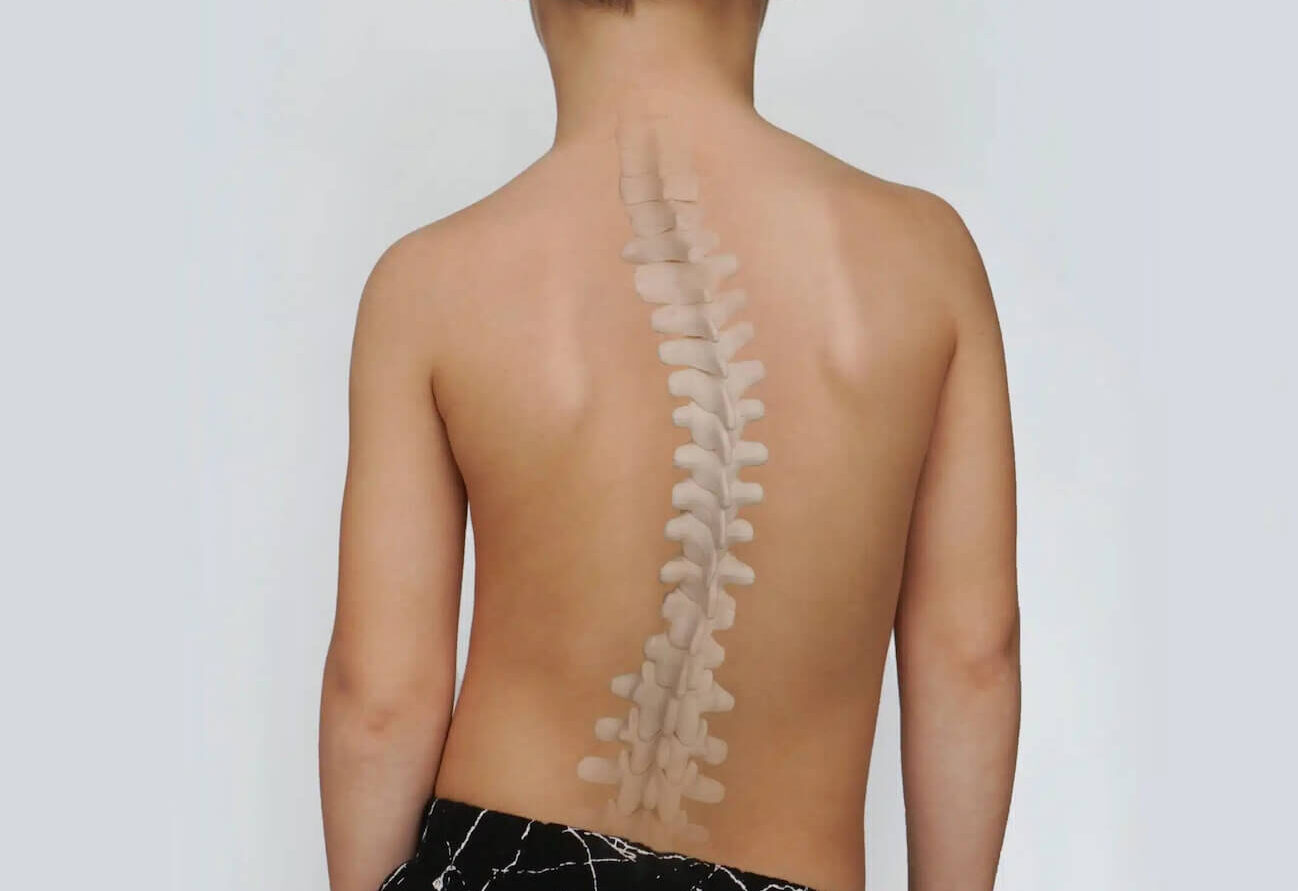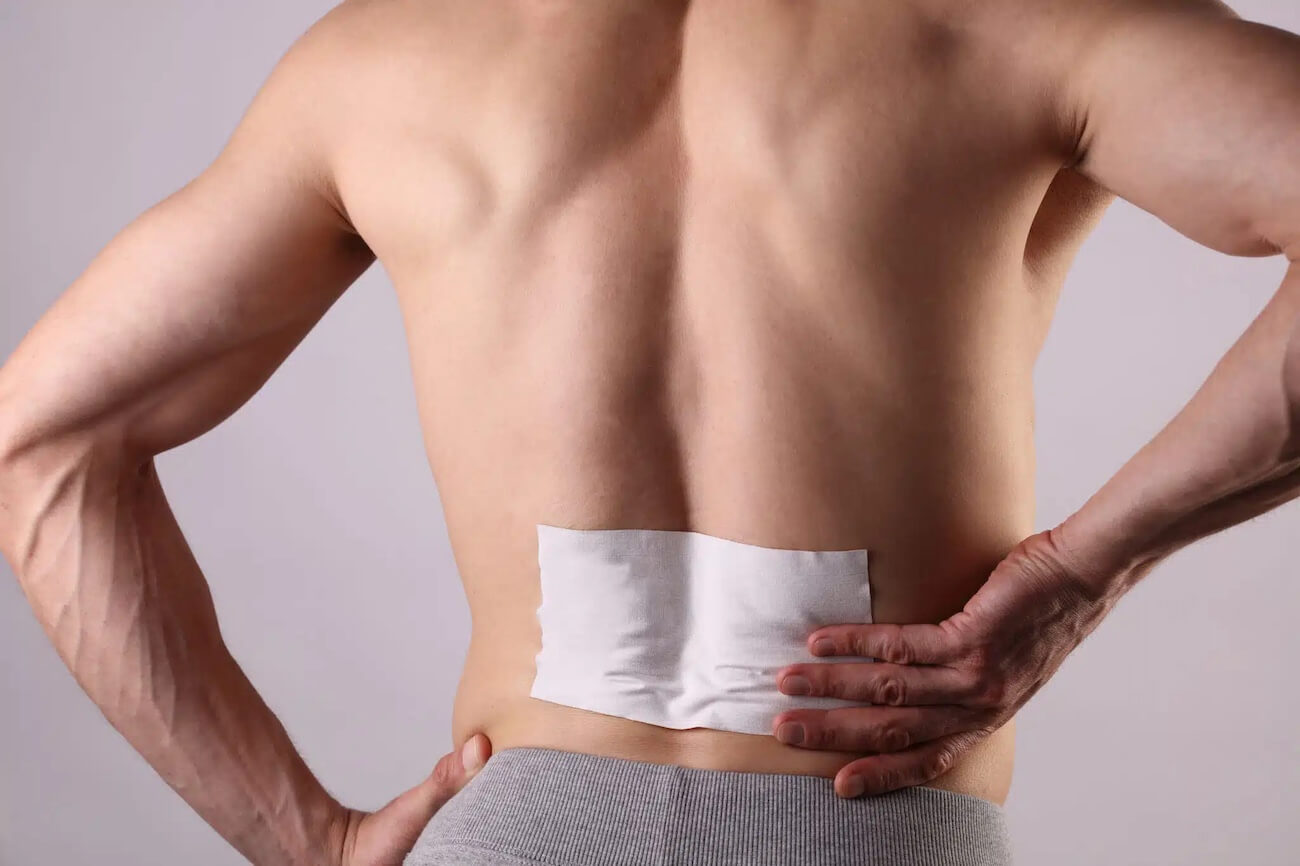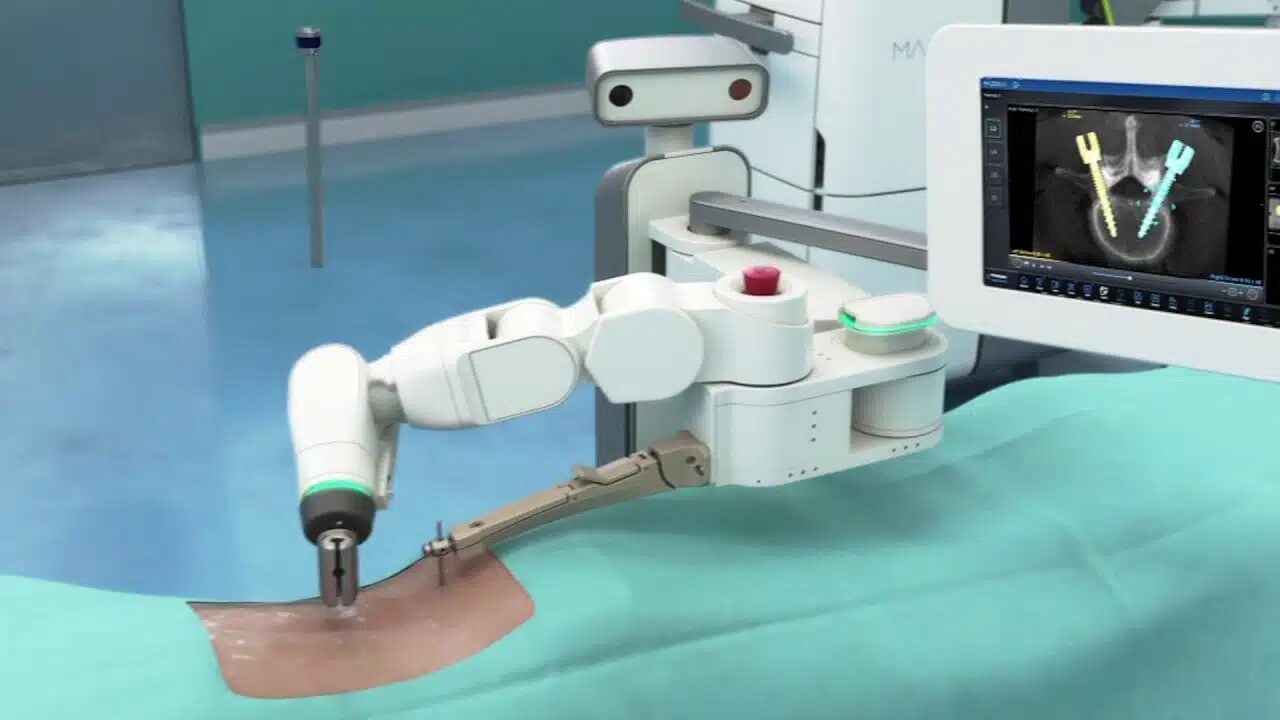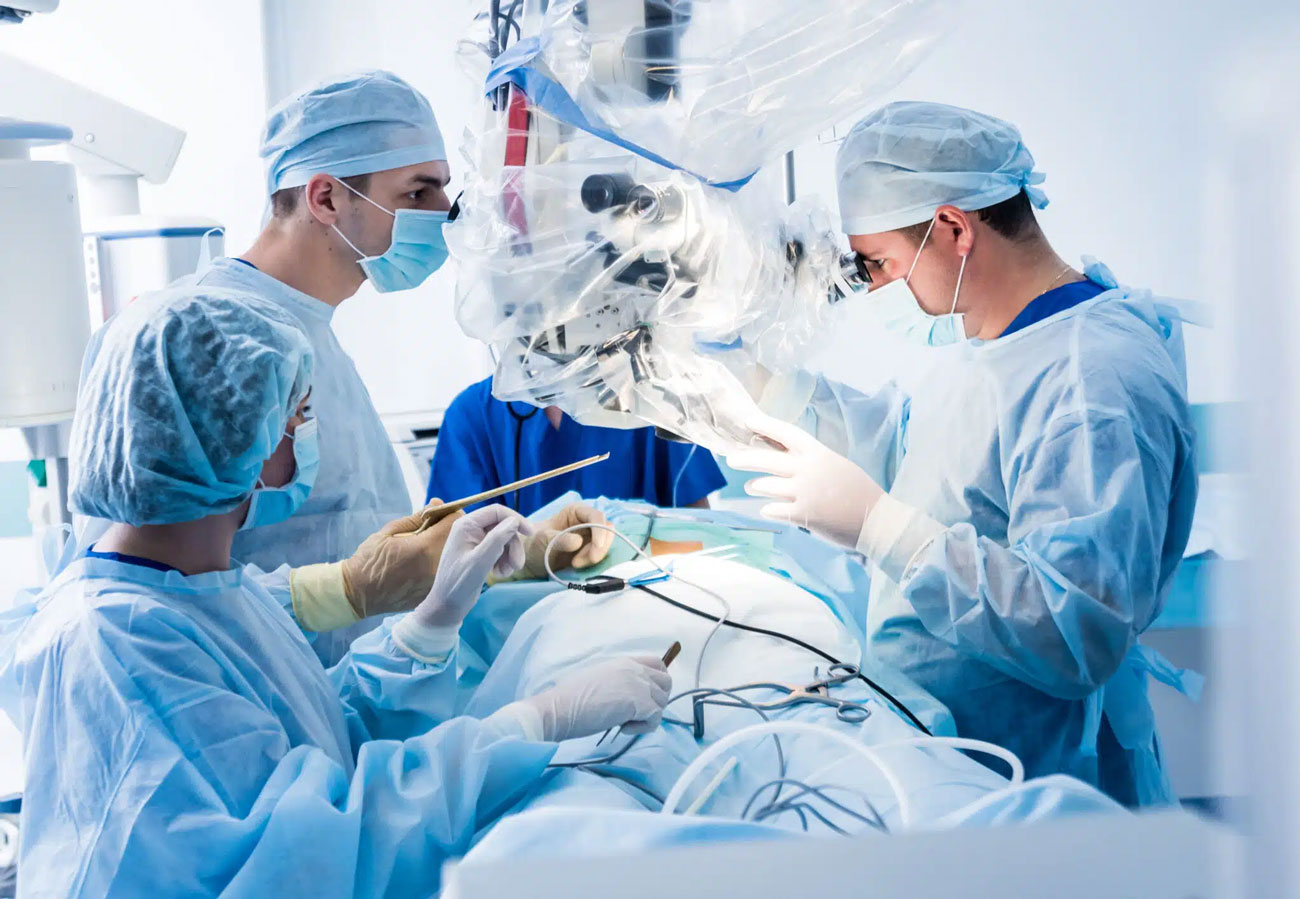- About Us
- Procedures
- Conditions Treated
- Patient Resources
- Blog
- Contact Us
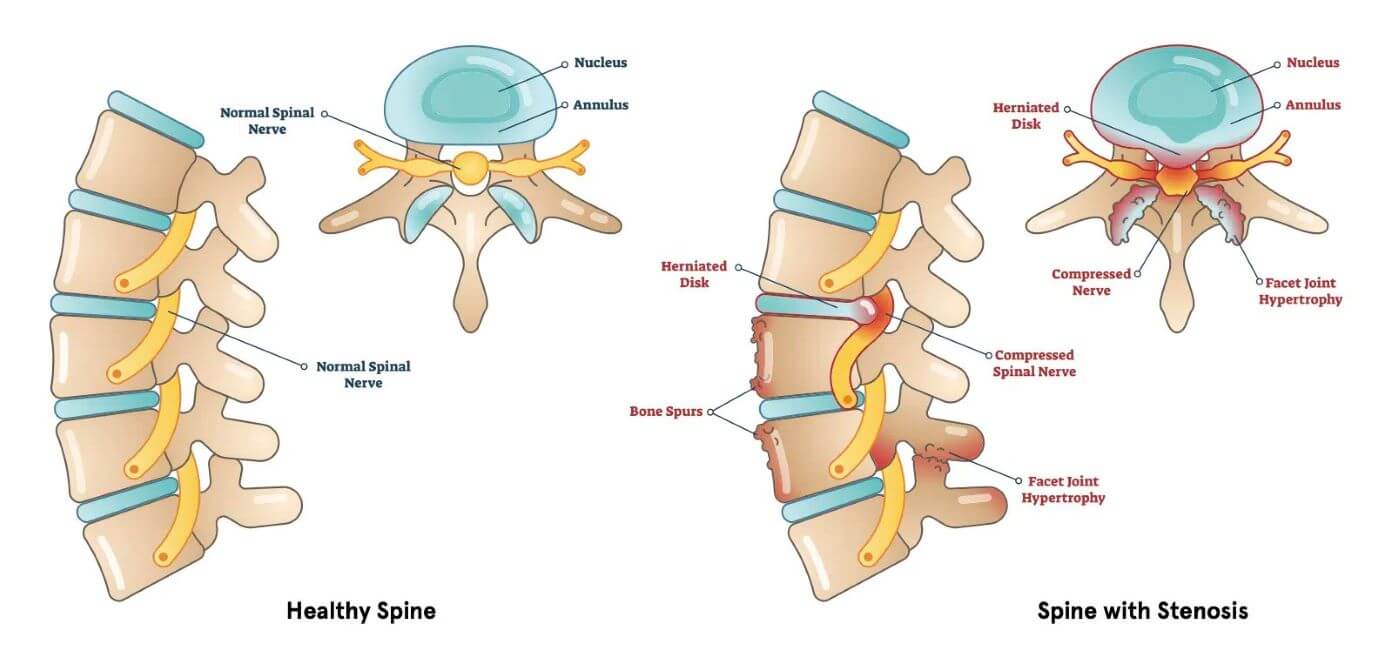
Spinal stenosis refers to the narrowing of canals within the spinal column. This narrowing may be due to a variety of causes such as degenerative changes, herniated discs, trauma, or tumors. When the spinal canal or other smaller canals narrow, this may compress the spinal cord or other nerves. This can result in pain as well as numbness and weakness in the arms or legs (depending on the location of stenosis). Treatments depend on the underlying cause and include medications, physical therapy, and in severe cases, surgery.
The spinal column is made up of 33 bones, called vertebrae, which are separated by intervertebral discs. One of the main functions of the spinal column is to protect the spinal cord and the nerves which branch off it. The spinal cord runs through the central canal and nerves which branch off from the cord exit through the neural foramina. Spinal stenosis is a condition in which there is narrowing of one or more of these canals.

Spinal stenosis is a general term referring to narrowing of spinal canals. There are many potential causes for canal narrowing. Some example conditions are below:
The symptoms of spinal stenosis depend on the location and severity of canal narrowing. The symptoms are the result of either the spinal cord or the spinal nerves being compressed as a result of the narrowing.
If the stenosis is present in the cervical spine (neck) then symptoms may include:
If the stenosis is present in the lumbar spine (low back), then symptoms may include:
Symptoms of bowel or bladder incontinence, numbness in the private parts, or weakness in both legs are signs of severe disease and a dangerous condition known as cauda equina syndrome. It is important to immediately seek medical attention if any of these symptoms are present.
Often the diagnosis can be made clinically, meaning based on detailed interview and a careful physical examination. However, sometimes more studies are needed based on the assessment or if symptoms do not improve after initial visits.
Imaging studies such as x-ray, CT scan, and MRI, are commonly used to make diagnosis. Each visualizes different body parts and has its own strengths and weaknesses.
Treatment for spinal stenosis should take into consideration the underlying cause. Typically a stepwise approach to treatments is taken, starting with the least invasive treatments (medications and physical therapy) to the most invasive (surgery).
